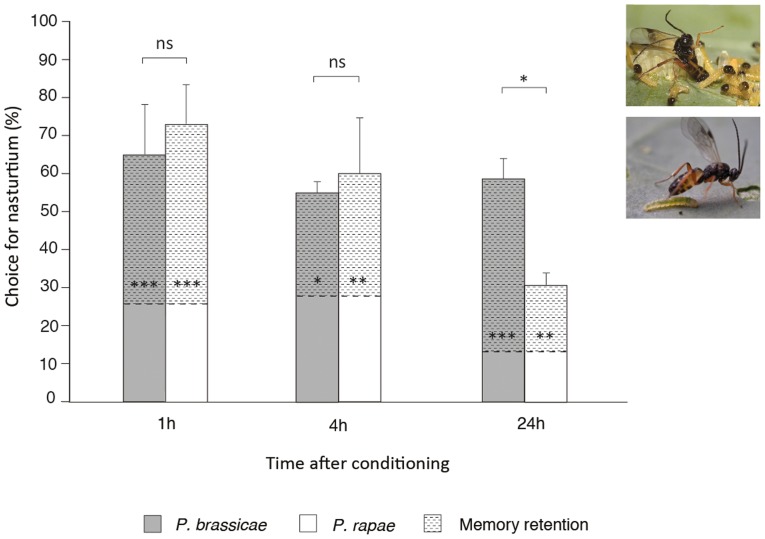Figure 1. Cotesia glomerata memory retention after single-trial conditioning with a low- or high-value reward.
Mean percent choice (+ SE) of Cotesia glomerata for nasturtium (learned odor) at 1 h, 4 h and 24 h after single-trial conditioning with Pieris brassicae (high-value reward; dark grey bars) or P. rapae (low-value reward; white bars). Cotesia glomerata was conditioned by allowing each wasp to lay eggs into one newly-emerged Pieris caterpillar that was placed on either a host-damaged leaf of a nasturtium plant (Tropaeolum majus) or a Brussels sprouts plant (Brassica oleracea var. gemmifera) [41]. Wasps were tested in a two-choice wind tunnel set-up [42] in which they could fly towards, and land on, a nasturtium or a Brussels sprouts plant. Brussels sprouts odor is relatively more attractive to inexperienced wasps than nasturtium odor [35] and this preference cannot be further increased through conditioning with Brussels sprouts [15]. We used the percentage choice for nasturtium of wasps conditioned on Brussels sprouts as a reference (indicated by the dotted lines inside the bars), as these wasps have a higher flight response towards the plants than inexperienced wasps [9], [36], [41]. Mean reference values (± SE) are 25.7 (±14.12) for 1 h, 27.5 (±9.46) for 4 h and 13.3 (±4.64) for 24 h. Memory was defined as present when the percentage choice for nasturtium of wasps conditioned with the nasturtium odor was significantly higher than the reference (indicated by asterisks inside the bars), with a larger difference representing a higher memory retention level. Memory retention is indicated by the dashed pattern inside the bars. For each treatment we tested 10–15 C. glomerata wasps on at least 4 different days (n>40). Each wasp was tested only once. * = P<0.05; ** = P<0.01; *** = P<0.001; ns = not significant (GLM using the variable ‘memory retention’ for comparisons between bars (Table 2) and GLM with logit-link function using the variable ‘percentage choice for nasturtium’ for comparisons within bars (Table 1)). Photos represent a C. glomerata wasp parasitizing a P. brassicae caterpillar within a cluster (above) or a single P. rapae caterpillar (below). Photos courtesy of Hans M. Smid (www.bugsinthepicture.com).

